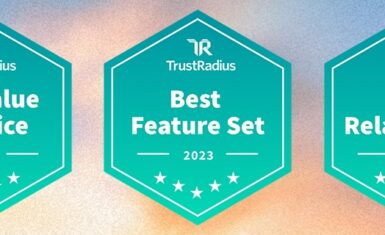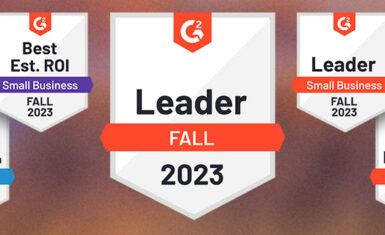Alludo recently conducted an ambitious survey to gauge the state of remote and hybrid work today. The results are clear: there’s a major divide between leaders and non-managers.
How did we get here?
For at least 100 years, leadership has been stable and straightforward:
- Fill roles.
- Get people to show up on time and in the right place.
- Ensure everyone is putting in the hours and ticking the boxes.
- Deliver on stakeholder expectations (board, customers, regulators).
- Rein in rogue and risk-prone rebels.
- Rinse and repeat.
Now, the future of work is here, and we’re calling it Work3. In Work3, work structures go beyond remote and hybrid to empower people to experience true freedom at work: choosing when, where, and how they do their best work. It’s focused on outcomes, not on inputs.
The problem: this new landscape flies in the face of rules that many leaders still feel obligated to enforce. The result: a divide between leaders and employees and an identity crisis for leaders.
The great divide
No matter the job market, bridging this divide requires an unexpected shift: leaders need to think differently.
The short answer seems to be that leaders need to start treating employees more like they prefer to be treated themselves.
Case in point: Leaders are significantly more likely to have the freedom to work remotely compared to the people they’re managing (63% versus 40%). Plus, leaders are more than twice as likely to be measured on outcomes than employees are (53% versus 26%).
Employees have made their preferences clear: three in four do not want to work a standard 9 – 5 day. They not only want flexibility to work where they want, but they also want flexibility to work when they want.
Freedom. Flexibility. Being measured on outcomes. This all sounds very much like Work3, but it also demands a major shift in leadership style. Hence the identity crisis.
How to lead in Work3
In Work3, leaders hire great people and support them. They don’t micromanage. They’re not caught up with inputs like hours worked. They create an environment of psychological safety where people are not only safe to take risks, but are actively encouraged to do so.
They track and reward outcomes and don’t judge whether someone achieved those outcomes at noon in a cubicle or at midnight on a beach.
In Work3, a leader’s job is to give people the tools and flexibility to capture inspiration when it strikes, and run with it.
Confronting the leadership crisis
This is a tall order for leaders. For many, it’s nothing short of an identity crisis. Leaders are used to leading from the front and making sure everyone falls in line behind them.
Work3 is here, whether leaders are ready or not. And if leaders don’t adapt, employees are ready to leave. According to the survey, 43% of employees are willing to leave their jobs, and 44% would consider switching careers if they can’t find a work setting where they are free to work when, where, and how they want.
Work3 shouldn’t be viewed as a threat to leaders. Instead, it’s an invitation to lean into being a visionary, surrounding yourself with people who do great work. It’s an invitation to take off the pressure of constant monitoring and keeping people in line. It’s an invitation to discover how you work best. Maybe it’s even on a beach at midnight. It’s up to you.
Ready to learn more? Read the full survey report.






